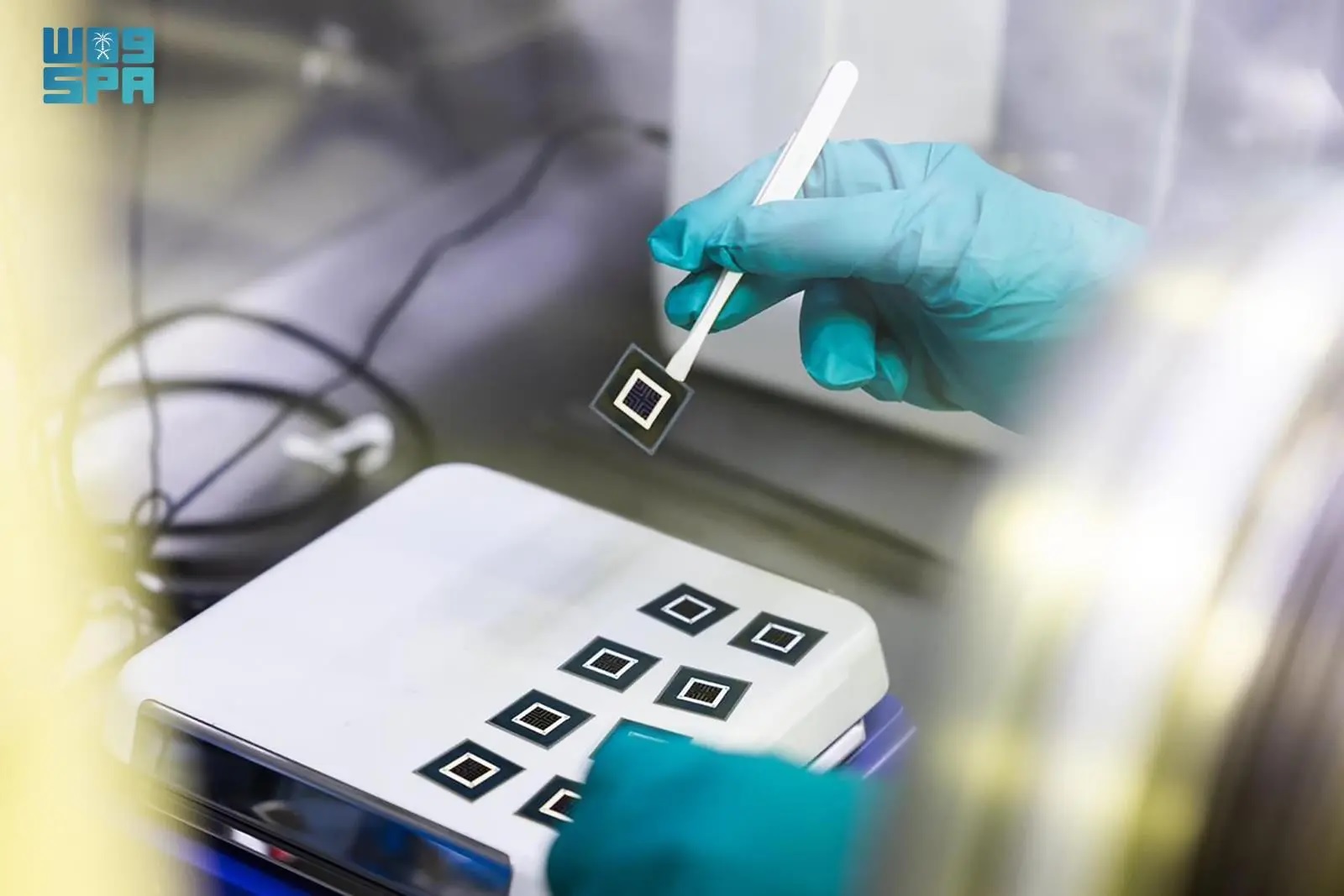
KAUST Sets Record, Raises Solar Cell Efficiency to Unprecedented Levels
King Abdullah University of Science and Technology (KAUST), through its international team of scientists in collaboration with the Fraunhofer Institute for Solar Energy Systems (ISE) and the University of Freiburg, has developed an innovative method that significantly improves the efficiency and stability of solar cells.
The achievement is based on treating the surface of perovskite in perovskite–silicon tandem solar cells with a single molecule. The breakthrough is expected to help countries adopting solar energy save billions of dollars.
Using the technique, the tested solar cells achieved a conversion efficiency of 33.1% and a record open-circuit voltage of 2.01 volts, both key indicators of solar cell performance.
The treated devices also maintained their enhanced output during operation on the Saudi coast at temperatures above 40°C for more than 1,500 hours.
This efficiency underscores the industry’s strong investment in perovskite–silicon tandem solar cells compared with conventional silicon cells, whose physical efficiency limit does not exceed 30%. Combining a perovskite cell with a silicon cell in a tandem design enables the optimal utilization of the solar spectrum, allowing for greater energy capture from sunlight.








